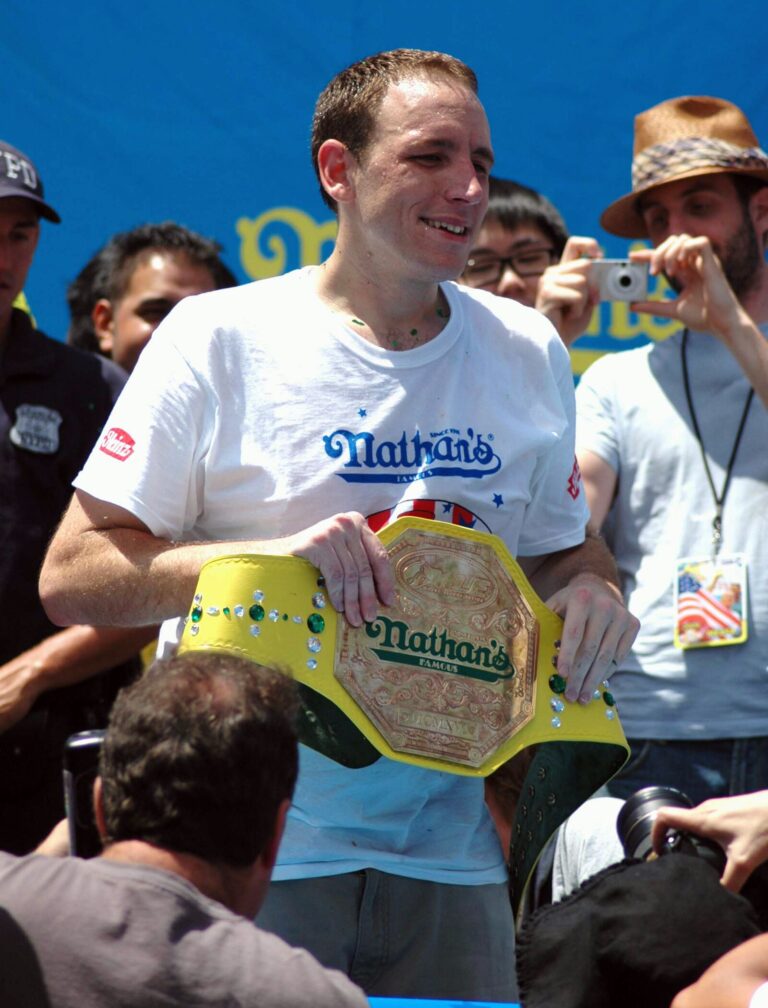 Copa Di Vino
Copa Di Vino
Copa Di Vino is the leading manufacturer of premium wine by the glass in the U.S. The founder and owner of the company is James Martin, who discovered this concept on a bullet train when he was traveling through the south of France. After a year, Martin brought the technology to his hometown of The Dalles near Columbia River Gorge. Martin’s passion for wine led to the creation of Copa Di Vino – wine in a glass – a ready to drink wine glass that could go anywhere without the need for a bottle, corkscrew, or glass. Just open and enjoy it! Wine is no longer trapped in the bottle!
Inception
After his adventurous train ride, Martin met the French creators of the single-glassed wine and then partnered with them. Although they had started a new process, it was far from perfect. The company was only able to produce small runs, and shelf life was still an issue. One of the greatest challenges they faced was the packaging of wine by the glass instead of the bottle is countering and optimizing the effects of oxygen on the wine. When wine is packaged by the glass, this means considering variations in everything from ullage (headspace) to plastic (vs. glass) to shelf life. “Packaging it differently means creating differences for the wine,” James Martin has said.
Evolution
There is a reason behind the long necks of wine bottles. The lesser the headspace, the lesser is the exposure to air and its oxygen, therefore the lower the impact of oxidation and the vinegariness that can result. In winemaking, sulfur dioxide is added to the wine, so it effectually absorbs the oxygen and reduces its negative effects. The sulfur dioxide also acts as an antimicrobial, which is important for the shelf life of wines.
This is very effective for bottled wine, which typically doesn’t go to market for 90 days, giving the resulting sulfides time to settle out, and is also often kept for longer periods needing longer shelf life. But Copa Di Vino is produced to closely meet demand, and with the assumption that it will be drunk within 12 months. So the sulfides are not as much needed, and they would be more likely to negatively impact quality.
To counter this, Copa Di Vino decided to implement a technology that was being used in other segments of the industry, which is called modified atmosphere packaging. “In it gasses of an appropriate blend and vacuum-sealed the glasses, so we didn’t have to use a large amount of sulfur,” James said. The vacuum is necessary to keep the oxidation of the wine from blowing the seal as the company found out the hard way when several cups of wine is shipped to a customer, blow their lids. “It’s still a challenge with high altitudes,” James said.
James Martin has also appeared on ABC’s “Shark Tank” twice, turning down investor offers both times. James said he was the first entrepreneur to turn down a truly egregious offer from the “Shark Tank” investors. Why did he say no? “ He said no because he is not going to split the patent from the company.” “It’d be like selling his soul.”
Awards & Achievements
Copa Di Vino is the second-largest winemaking company in the world. Copa Di Vino containers are also made of 100% recyclable plastic, so carrying wine at camping grounds, beaches, stadiums, golf courses, or picnics has become very convenient and easy.
Net Worth of Copa Di Vino in 2021
 Copa Di Vino Net Worth
Copa Di Vino Net Worth
The Martins have been holding second place as the largest wine producer for the past three years. They make their wine at their historical Sunshine Mills headquarters situated in The Dalles, which has been renovated. The Urban Renewal program gave a $500 thousand loan for Sunshine Mill’s renovation project. Copa Di Vino expanded to 150 employees in 2014, and the company is also very much active on social media, including platforms like Instagram and Facebook. As of September 2021, Copa Di Vino’s net worth is estimated at $70 million.
“Don’t discount passion,” James has said. “Passion creates insight into how the user is using your product and drives you to keep improving.” Often, companies replace those who are passionate about operatives and settle for good enough, James said, adding, “At Copa Di Vino, we have the creative passion for producing a wine that we want ourselves.”






